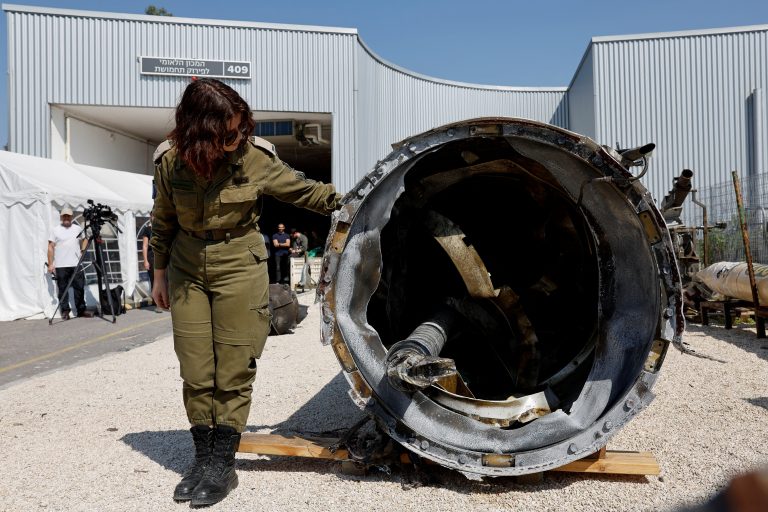Last week, during the launch of the most powerful rocket ever constructed — the Super Heavy booster — SpaceX’s infrastructure at Cape Canareval is in for some refit, with the concrete on its launch pad burned away and rebar left exposed.
Photos, released online, show a badly damaged launch pad, indicating that Elon Musk and his team of engineers may have underestimated the damage the booster could inflict.
Canadian astronaut, Chris Hadfield, tweeted out a picture of the launch pad to his some 2.3 million followers saying, “Having built launch pads of straw, wood, and brick, @SpaceX is now going to try water-cooled steel. Take THAT, big bad Super Heavy.”
Luckily, the launch tower was spared significant damage.
Prior to launch, Musk shared in a live Twitter Spaces session that the mission’s bar for success was low, saying, “just don’t blow up the launchpad,” Insider reported.
Success
You are now signed up for our newsletter
Success
Check your email to complete sign up
Musk was quick to provide an analysis of the damage following the launch, tweeting, “Still early in analysis, but the force of the engines when they throttled up may have shattered the concrete, rather than simply eroding it,” adding that, “The engines were only at half thrust for the static first test.”
In a prior tweet Musk said, “3 months ago, we started building a massive water-cooled, steel plate to go under the launch mount. Wasn’t ready in time & we wrongly thought, based on static fire data, that Fondag would make it through 1 launch. Looks like we can be ready to launch again in 1 to 2 months.”
Senior editor at Ars Technica, Eric Berger, believes it will take SpaceX four to six months to be ready for another launch, tweeting to his over 300,000 followers, “The damage in Boca Chica at the Starbase Launch site looks pretty serious, but a former senior SpaceXer from there says he believes the pad can be repaired; and a (water-cooled?) flame diverter installed in 4 to 6 months. Just passing on what I was told.
Musk said that SpaceX was in the process of building a “massive water-cooled, steel plate to go under the launch mount,” however it “wasn’t ready in time,” for the launch.
READ MORE:
- Twitter Now ‘X Corp’ Signaling Musk’s Intentions to Create an ‘Everything App’
- In Historic First SpaceX to Launch Four Civilians Into Space
- SpaceX Rocket Sends First Global Water Survey Mission Into Orbit
Repairs, and a permanent solution to prevent damage to the launch pad, is an urgent matter for SpaceX as NASA has plans to use the Starship launch system during its crewed Artemis 3 mission to the moon’s surface as soon as 2025.
Experts say one solution SpaceX could employ is to utilize a flame diverter or trench that redirects the rocket’s exhaust and acoustic energy away from damaging the launchpad.
Musk did anticipate the challenge years ago but decided to forgo the use of a flame diverter.
In Oct. 2020, Musk tweeted, “Aspiring to have no flame diverter in Boca, but this could turn out to be a mistake.”
According to SpaceFlight Now other launch systems, including NASA’s Space Launch System, and even SpaceX’s own Falcon 9 rocket, use either flame diverters or water deluge systems.
The inferior launch pad may have been responsible for the rocket’s “rapid unscheduled disassembly” according to rocket scientist Scott Manley.
In a YouTube video Manley speculates that debris from the launch pad could have flown up and damaged some of the rocket’s individual engines during launch, which would explain why three appeared to have failed seconds following liftoff.
Being short of thrust, or experiencing uneven thrust, may have caused the Starship spacecraft to lose altitude which prompted engineers on the ground to trigger the rocket’s self-destruction.















